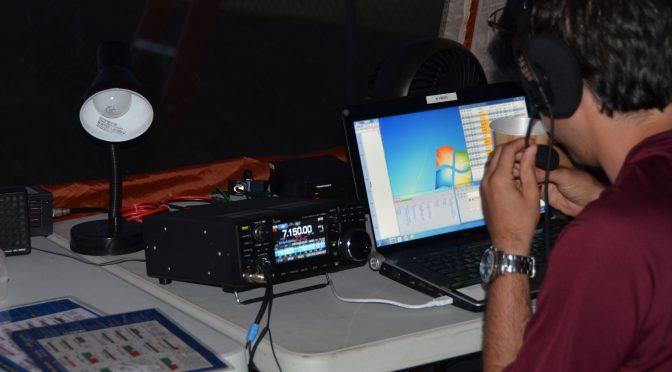The first half of 2016 is behind us and I believe that we are well on our way to a record year as far as contacts made by our club. Among other things, I have had the fun of being the QSL manager for our club as well as for the New Hampshire stations (K2K) for the 13 Colonies Special Event.
Members of our club have made a total of 13,787 contacts so far this year using a combination of the N1FD call sign and K2K New Hampshire. All of these contacts represent a great effort on the part of our members. For me, the real story here is about the fun we’ve had together on the air and the great progress that many of our newest members have made in developing their operating skills along the way.
Learning About Contesting
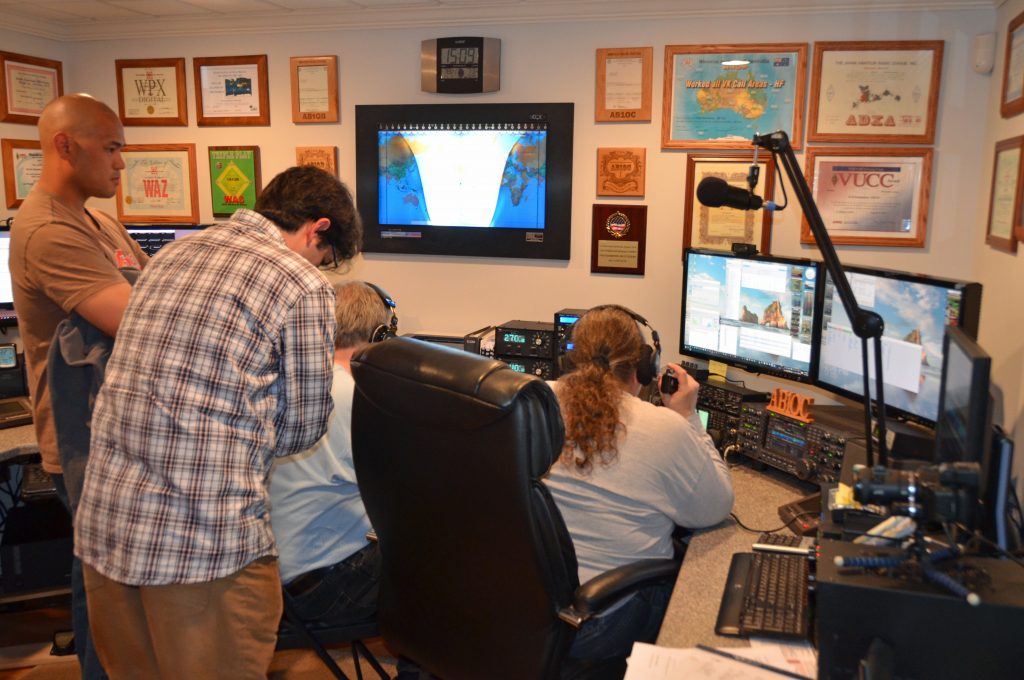
Our first major on the air operation was the ARRL Rookie Roundup SSB Contest in April. This contest is for Amateurs who have been licensed for 3 years or less and it’s a great opportunity to try contesting and to learn HF operating skills.

We entered using our club call sign, N1FD in the multi-op category and took first place! More importantly, many of our recently licensed members got a chance to get on the air and begin developing their operating skills. The group made 280 QSOs and had a lot of fun. You can read more about this operation here on our Blog.
Mobile Contesting
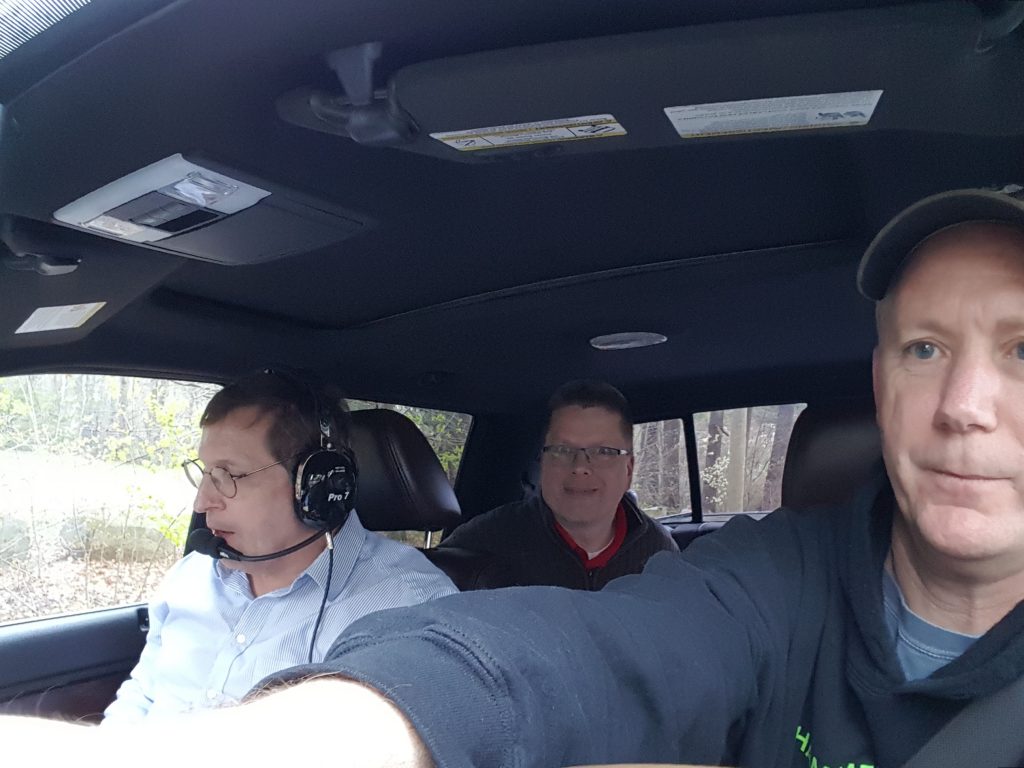
We got a chance to try contesting from a mobile as part of the 2016 New England QSO Party (NEQP). Several of us got together for a weekend of activating counties and having fun as part of this contest. We operated as N1FD/M and the contest gave us a chance to develop and hone our SSB contesting skills further.
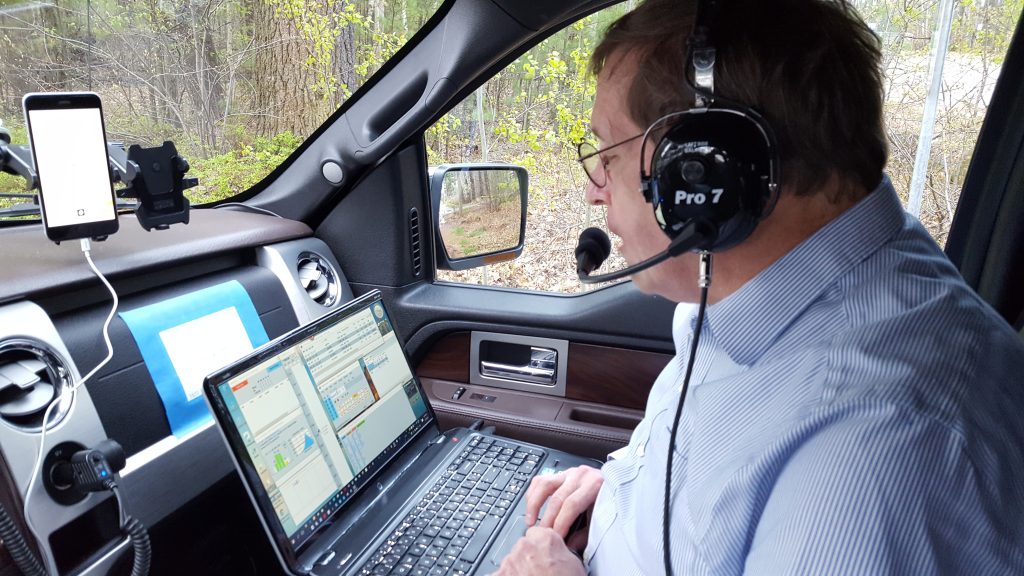
In addition to many county line activations in MA, NH, and VT, we also activated two National Parks. In spite of difficult band conditions, we made 631 QSOs and had a great time. You can read more about this operation here.
Field Day
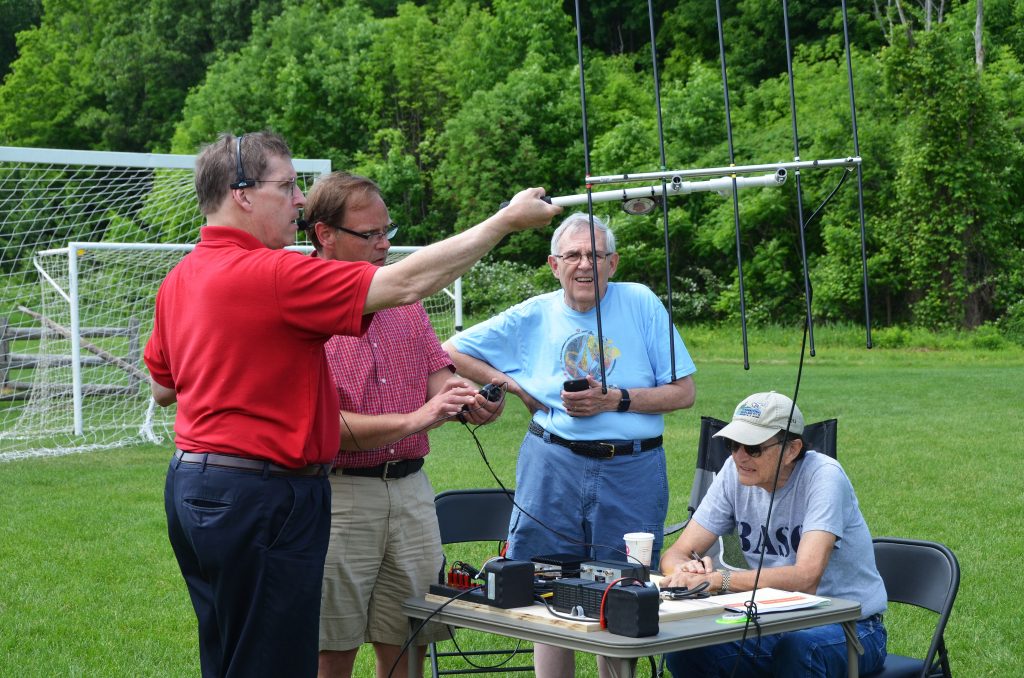
Next came our 2016 Field Day operation. We tried several new things as part of Field Day this year. One of these was LEO Satellite operations. Several club members got together to build a great LEO Satellite Station and several of us made our first Satellite contacts while testing it prior to Field Day.

June and July represented a Tsunami of Amateur Radio operating for several of us. This period began with the best Field Day operation that I have ever been part of. We built quite a station and had a great time using it to operate during Field Day 2016.
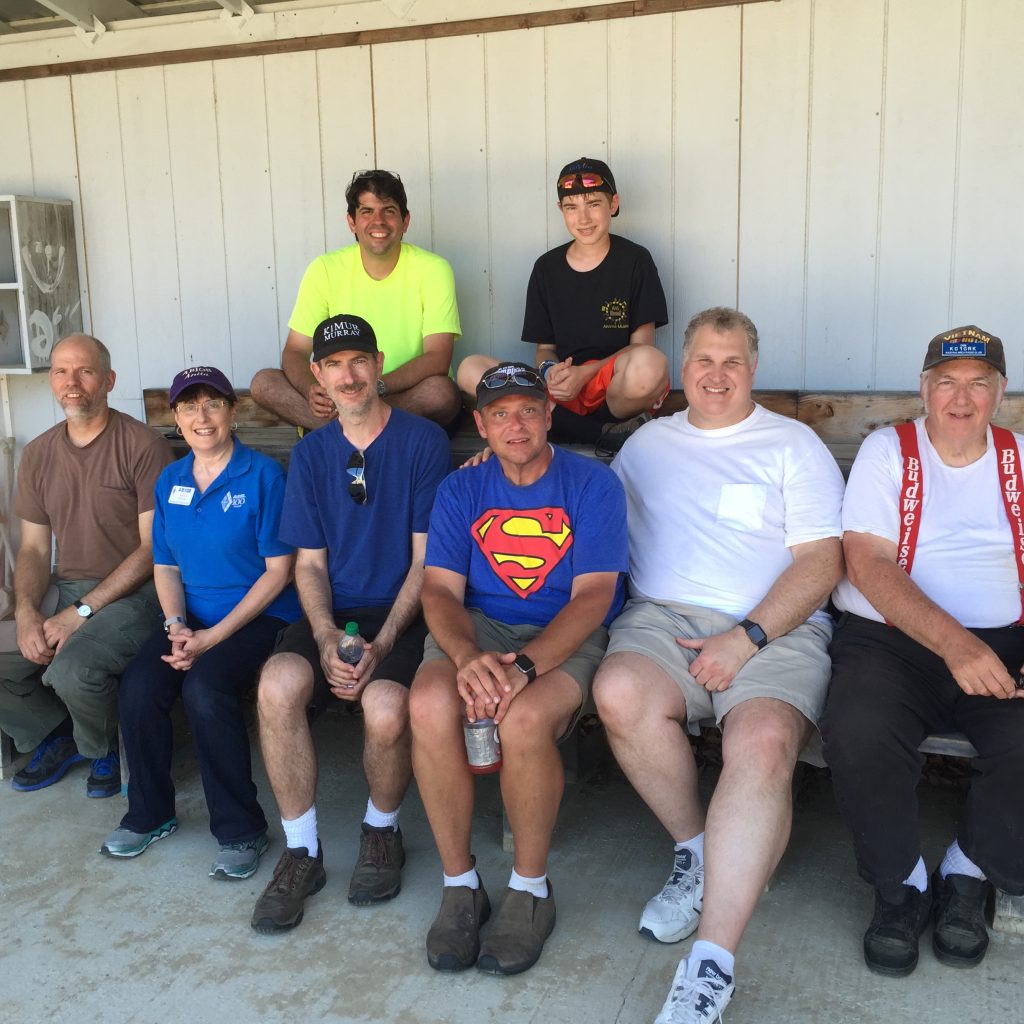
We had a great turn out for Field Day this year with a mix of newer folks who were experiencing their first Field Day and the seasoned veterans in our club who have done Field Day many times before. The camaraderie and the learning were fantastic!
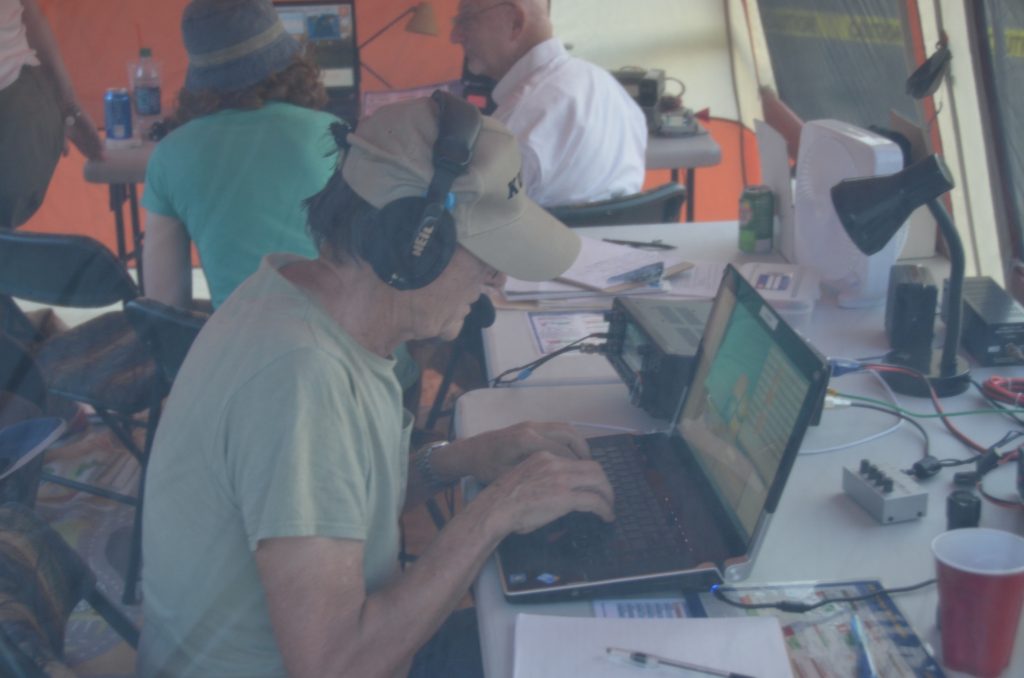
Many of our members operated during our 2016 Field Day operation and our diligence paid off. We increased both our score and the number of contacts (2,464) made by a significant amount over last year and had a great time doing it!
Our 2016 Field Day Highlights Video
The video above has some highlights from our 2016 Field Day operation. You can read more about it on our Field Day page and here on our Blog.
Thirteen Colonies Special Event
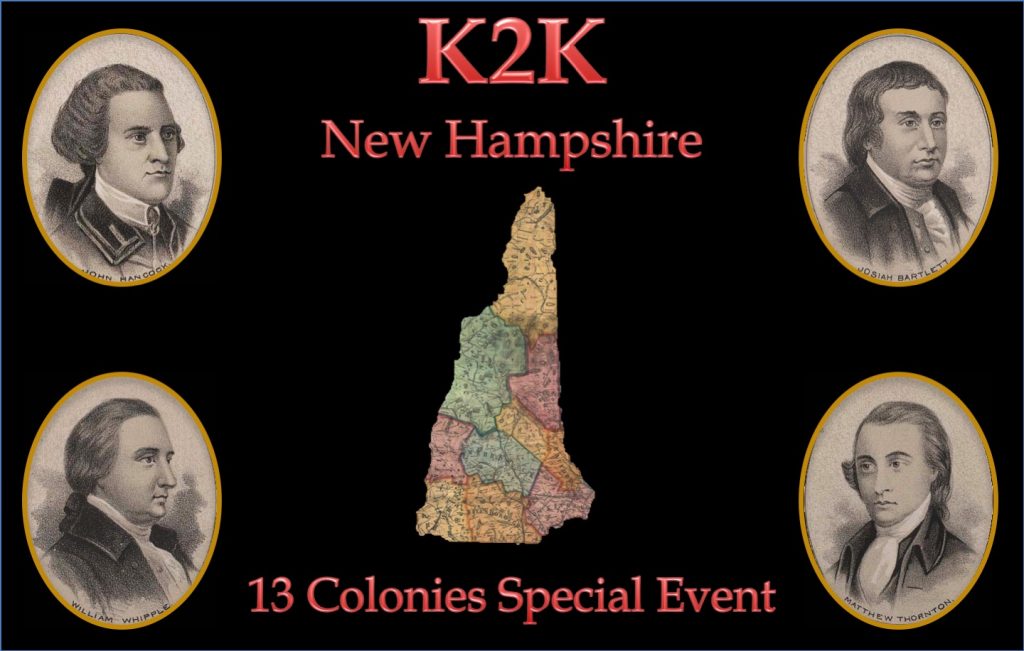
Next came the 13 Colonies Special Event. I am the manager for the New Hampshire Colony which operates under the K2K call sign each year. The K2K operating team was made up entirely of Nashua Area Radio Club members this year. This event produces huge pileups and it really challenges one’s operating skills.
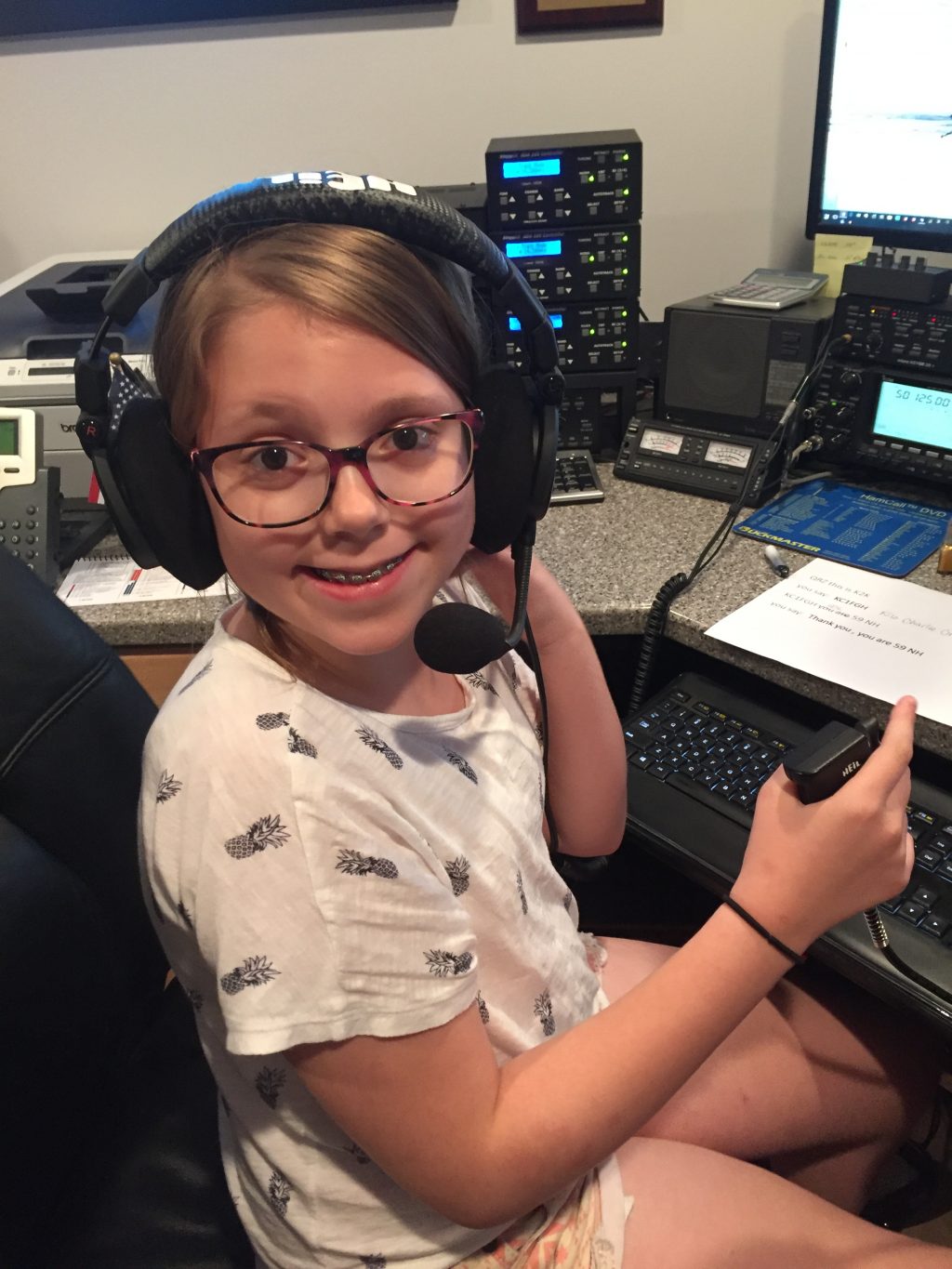
We operated using a combination of SSB Phone, Digital, and CW and the club members made a total of 9,719 contacts!

This was more than enough to make the Nashua Area Radio Club the Top Club in the event! We used the 2016 event to further develop our operating skills as well as provide opportunities for new Amateurs to have fun on the air and make contacts.
National Parks On The Air (NPOTA)
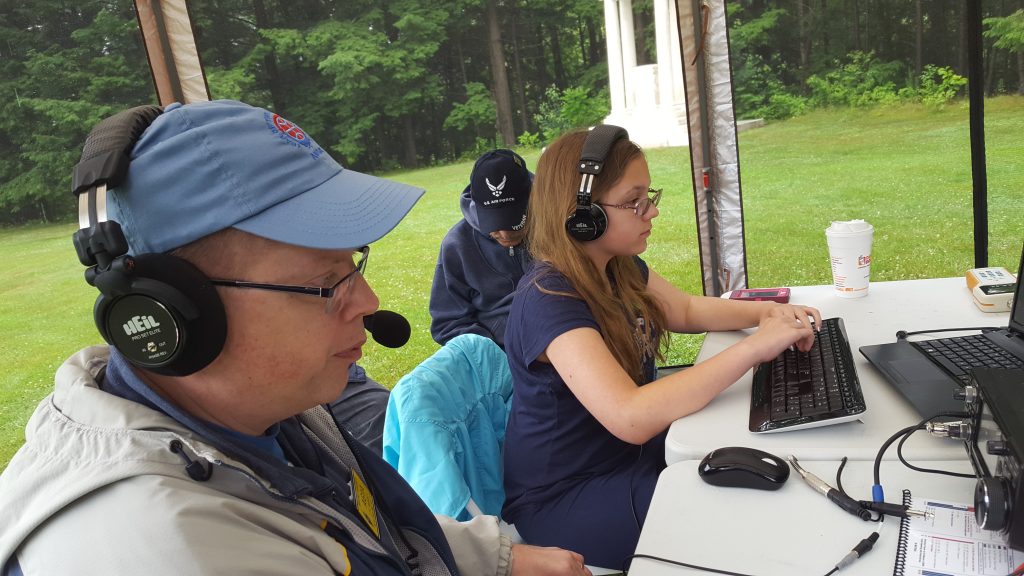
Our most recent operation was the Activation of Saint-Gaudens NHS as part of the ARRL’s NPOTA program. Aron Insinga, W1AKI, and his XYL Merle, W1MSI have been working on this project for some time and it was great to see it come together to result in a very successful activation. You can learn more about Saint-Gaudens and out plans to activate it here on our Blog.
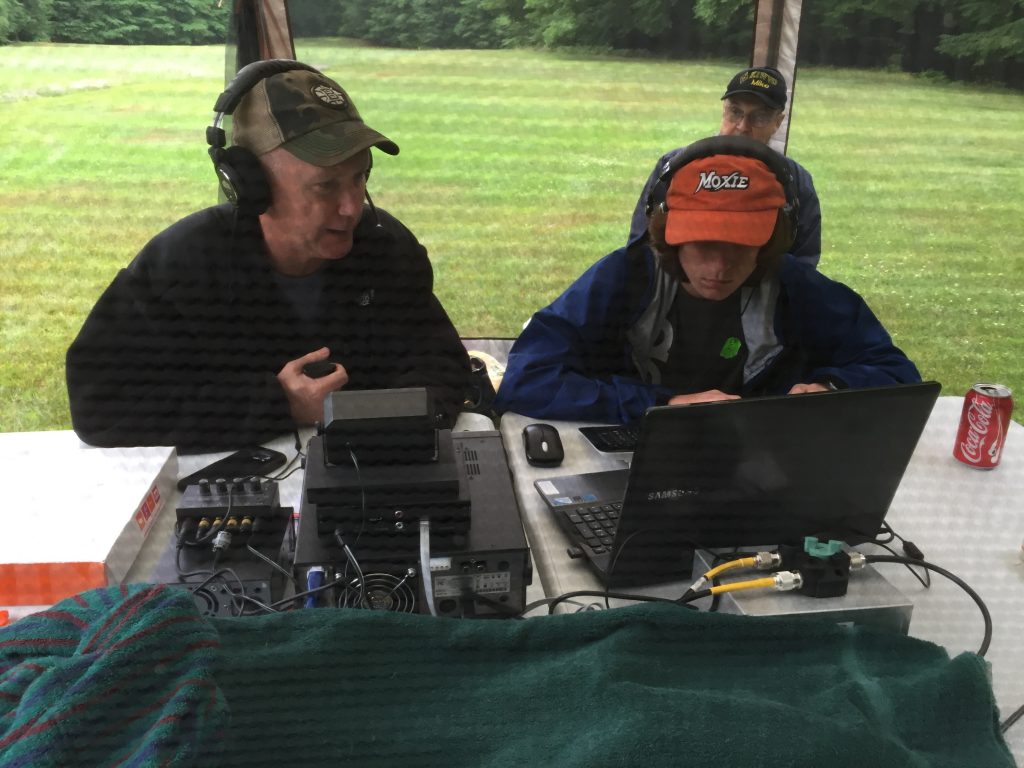
We activated Saint-Gaudens on Sunday, July 10th with two stations – a 20m portable station using an Inverted-V antenna and 100W and a mobile station on 40m running 500w.
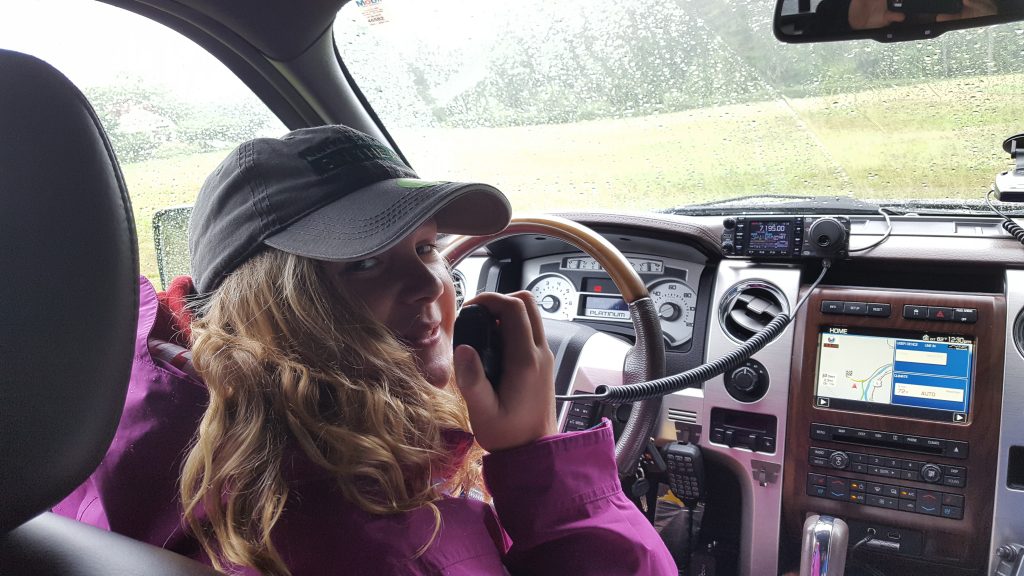
We again had a good mix of experienced operators and newer folks from our club. It was especially great to see how well some of the newer folks have come along in terms of their operating skills. The group made a total of 528 QSOs in a little over 4 hours and had a great time doing it! We are all looking forward to our second planned NPOTA activation later this summer on August 7th.
There have been some other, smaller operations too such as our trial run earlier this year at Saint-Gaudens NHS and as part of our training sessions which proceeded several of these operations.
Final Thoughts
Highlights From Nashua Area Radio Club’s 2016 Activities
I must say that I don’t think I have ever seen a group of Amateur Radio Club members do so much operating on the air within such a short period of time. Check out the video above for, In particular, I believe that some of our newer members are well on their way to becoming world-class operators if they keep going the way they are. Anita, AB1QB and I find it particularly rewarding to have the chance to be part of helping our club to grow and to build our skills. It has been truly a privilege to be part of the Nashua Area Radio Club team.
73,
Fred, AB1OC
Hashtags: #ARRLFD #N1FD

